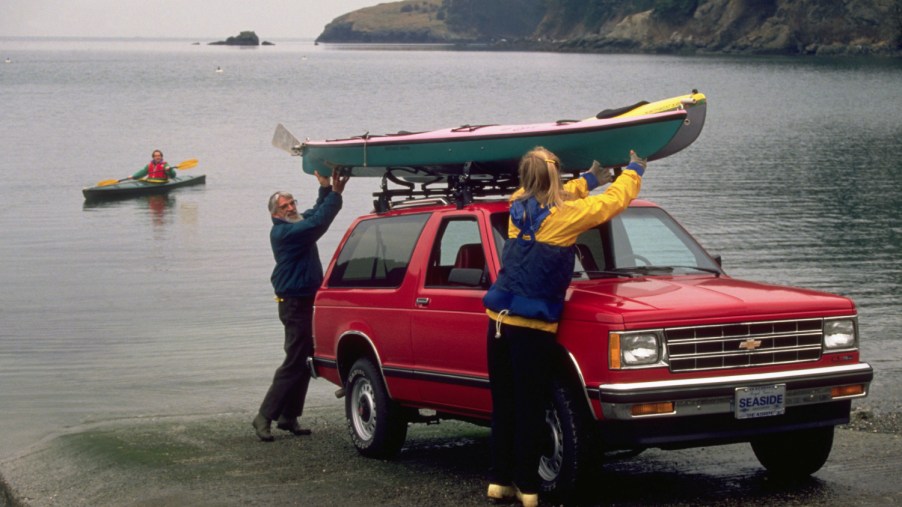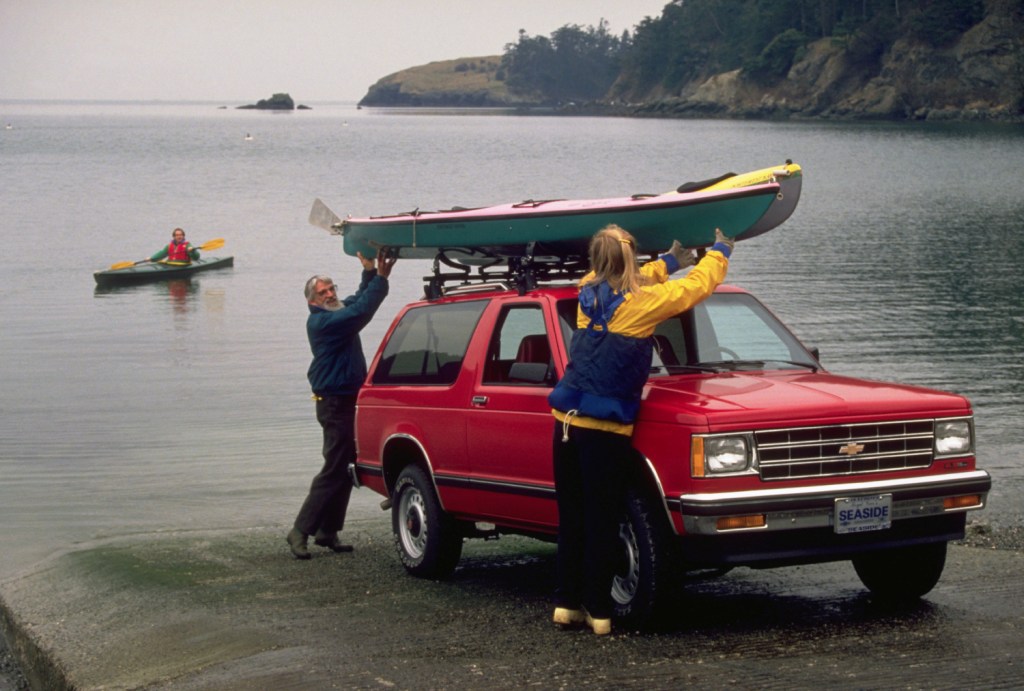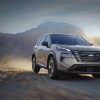
The History of the Sport Utility Vehicle: Why Is It Called an SUV?
You have probably heard of the SUV term before, but how did the Sport Utility Vehicle come to fruition? Check out a brief history of America’s current favorite vehicle and how the SUV came to be the most popular automobile on the road. It really depends who you ask about the first use of the term “SUV,” but it was generally attributed to Jeep cars at first and expanded from there.
The term SUV first showed up in a 1974 Jeep Cherokee SJ brochure, but the name didn’t stick until later. The 1984 Jeep Cherokee XJ is considered one of the first modern SUVs that was named as such.
What is a sport utility vehicle or SUV?

Like most automobiles, automakers created the SUV out of necessity. In the late 1930s, people wanted a vehicle with four-wheel drive that had a bit more room in the trunk. No one agrees upon the sport utility vehicle (SUV) definition. From Merriam-Webster, the SUV is defined as “a rugged automotive vehicle similar to a station wagon but built on a light-truck chassis.” One of the first options considered an early SUV is the 1933 Chevrolet Suburban. Money Inc says it had four doors and was often called the “Carryall Suburban,” meant to carry all. That makes it the longest production vehicle on the market. The Suburban was an SUV before someone decided that SUVs were a thing.
The sport utility vehicle can be a few things depending on who you ask. Car and Driver says some call the SUV inefficient and a gas guzzler. People call the SUV a four-wheel-drive vehicle or a large car with unibody construction. Not quite a truck and not a car; the SUV is somewhere happily in between. You can take the SUV off-road for fun or work, which makes it such a versatile vehicle.
“Sport-utility is more than just a technical term for the SUV. It also means that the vehicle can get things done and has a quality made for the outdoors, such as scaling different terrains.”
Car and Driver
The term “ute” also fits into the category, simply short for the phrase “utility.” Today, no matter what you call the sport utility vehicle (SUV), these automobiles are more popular than ever.
The vehicles that paved the way for the sport utility vehicle we know today
One of the first vehicles that is considered a unibody four-wheel-drive car was the 1955–1958 GAZ M-72 Pobeda out of Russia. This is the first instance of a crossover SUV: part car, part SUV. Autotrader says the first crossover SUV was the 1980 AMC Eagle in America. “Not only was it the first car-SUV crossover, but it also proved the worth of a compact 4×4 wagon while establishing that unit-body vehicles with independent front ends could withstand the strain of off-roading.” After that, Jeep was well on its way to being one of the most popular vehicles on the market.
Right around World War II, more SUV-type vehicles started to appear. These vehicles had four-wheel drive, ample interiors, and cargo areas and could go off the beaten trail. These sport utility vehicles had to be just that: sporty and made for utility.
As the 1980s and 1990s progressed, so did the number of SUVs. The body-on-frame construction continued to rise in popularity with this. This is because it made the vehicles more like a truck but with more capability. With the rise in popularity of Jeeps in the 1990s, the unibody construction trend continued to expand.
People in the U.S. love the SUV in all of its shapes and sizes
The two-door sport utility vehicle was primarily what was available at first. It worked with the compact nature that people were looking for ad the frame design. Fast forward to the 2010s, and the two-door SUV has fallen out of favor. A few remain, such as the two-door Ford Bronco and the Jeep Wrangler. Now, people want four-door SUVs with room for children and cargo in the back. Three-row SUVs are also popular, leaving room for a little extra in the third row. This is usually reserved for small children or extra cargo space, but the three-row SUV is trendy among families.
Just like with all previous trends, SUVs will soon be ushered out by another option. The large SUV will go out of style with the shift toward electric vehicles and away from gasoline-powered cars. Electric SUVs are gaining popularity but are a far cry from the Chevrolet Tahoe or GMC Yukon full-size SUVs. As expected, electric SUVs tend to be smaller to be more aerodynamic and efficient.
There are a few three-row electric SUVs or hybrids on the market, such as the Tesla Model Y and the Kia Sorento Hybrid.
Types of sport utility vehicles on the market
A few types of sport utility vehicles (SUVs) fall under the umbrella term. A crossover SUV, sometimes called a CUV, is in between a car and a typical SUV. These crossovers tend to be smaller and get better fuel economy but aren’t known for off-road capability. These crossover SUVs are built on a unibody platform, like a car. A typical SUV uses the body-on-frame platform like a light-duty truck would use.
Don’t count out the compact SUV category. These are pretty typical vehicles like the BMW X3/X4, the Hyundai Tucson, the Lexus RX/NX, and the Mazda CX-5 SUV. Plenty of room, four doors, and still small enough to maneuver. A mid-size SUV is another in-between option. These can be based on a car or truck, depending on the model. Examples would be a Dodge Durango or Audi Q7/Q8.
After that, the full-size SUV is similar to the Toyota Land Cruiser or Lincoln Navigator. These are based on a truck platform and compete with full-size pickup trucks. There are also extended-length SUVs like the GMC Yukon XL or the Ford Excursion. These are popular in the U.S. but not many other places. These will have three full rows and plenty of room in the trunk for the most part.
SUVs will never totally go out of style, no matter where the market goes next. These vehicles combine the best of both worlds as far as comfort and utility go, making the SUV a perfect option for various situations.



